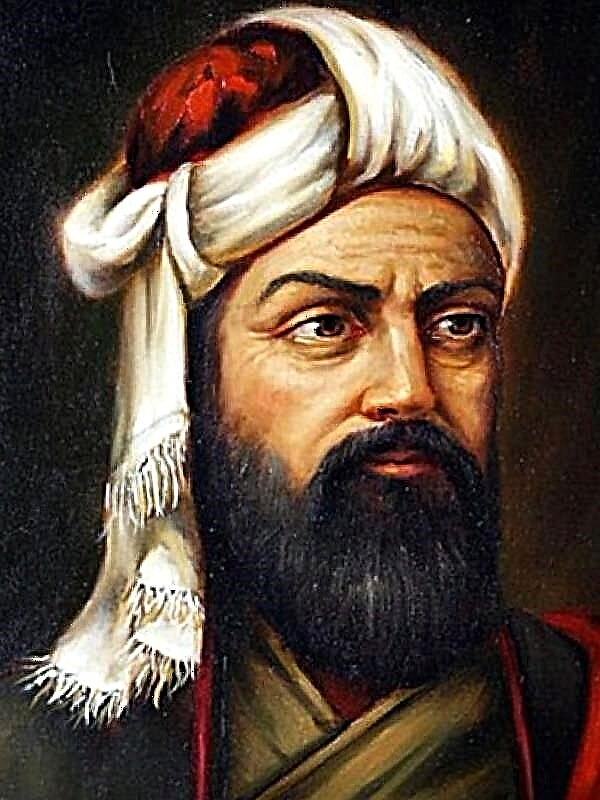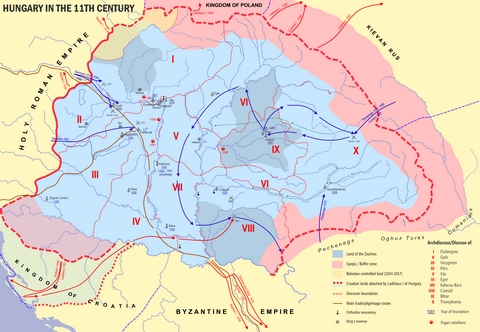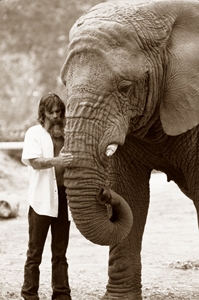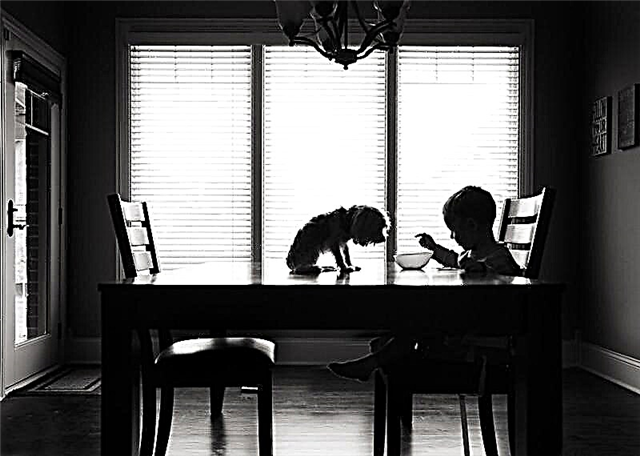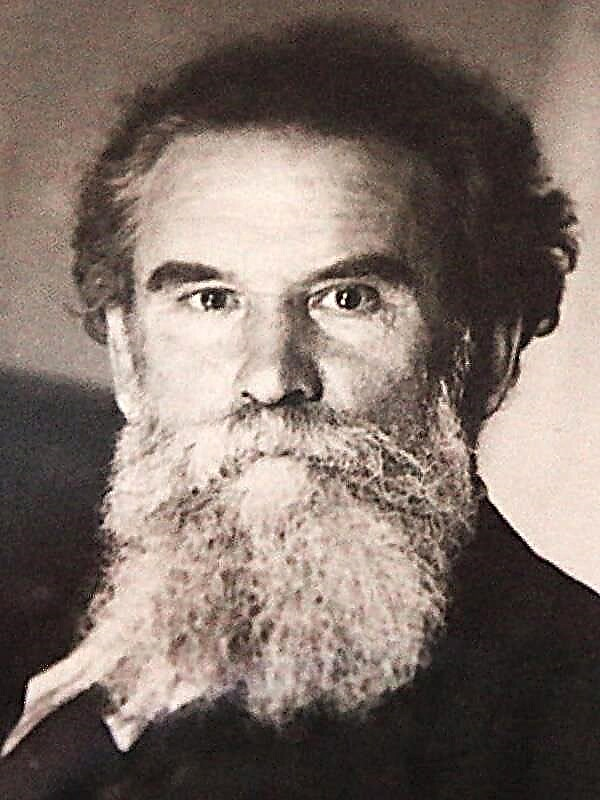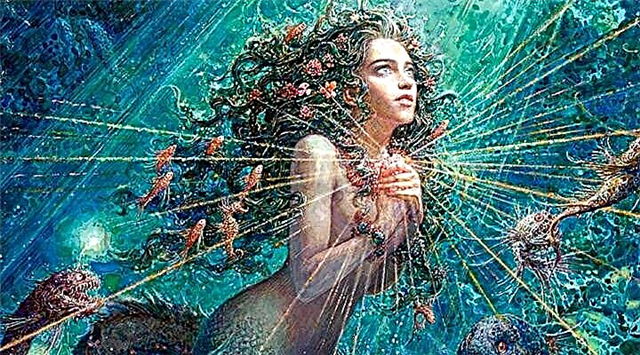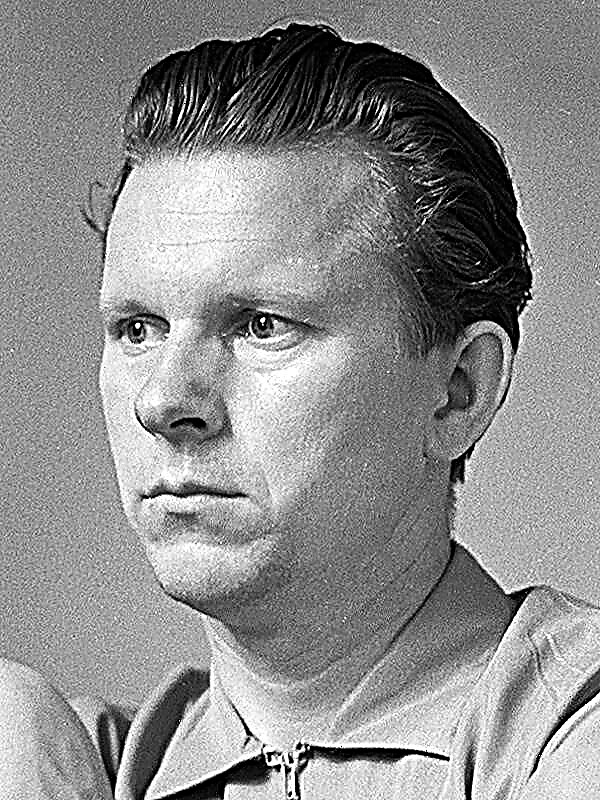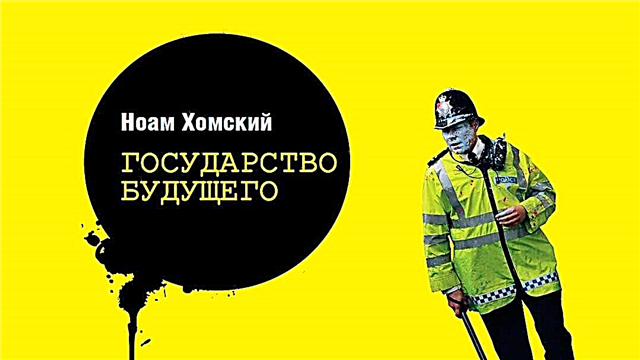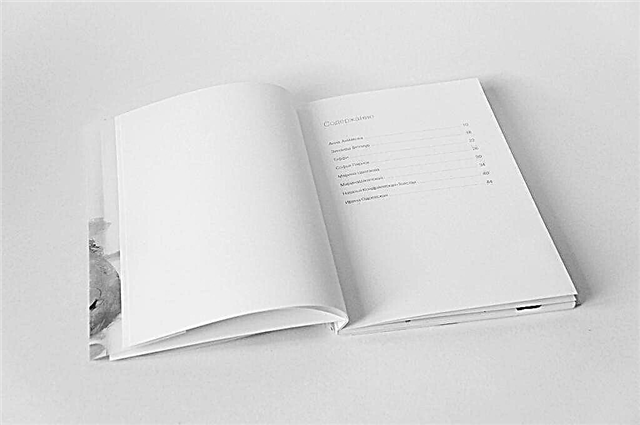Share
Pin
Tweet
Send
Share
Send
What is the difference between art and craft? There are so many occupations in the world that either generate income or give any priorities in life, but is it possible to rename a kind of activity into “art”? In this collection, the Literaguru team provides arguments from foreign literature that answer these questions.
- Sartre, "Nausea." Most people think about the meaning of life and look for the main motivation for existence in faith, love, self-development. But some believe that even these concepts are not sufficiently stimulating, although, of course, requiring attention. The main character of Sartre’s existential novel “Nausea” Antoine Rocanten begins to realize that every day it is harder and harder to find the meaning of life. However, having experienced this “nausea” on himself, he comes to the conclusion that creativity is something worth living for. He had previously heard a song that sounded throughout the entire work, and had previously written a book, but perhaps he perceived it as a craft. Having begun to consider creativity as art, Antoine realized how important it was to leave a mark on his life by doing something beautiful.
- Wilde, "Portrait of Dorian Gray." Despite the aphorism “all art is useless” in the short introduction of Wilde’s novel, “Portrait of Dorian Gray” is completely devoted to the subject of art. The main character is not Dorian Gray at all, but his portrait. It is he who expresses the true appearance of the character, his entire dark interior, and it is he who hides the entire contents of Dorian. Basil painstakingly approached the writing of his masterpiece, and the portrait in the novel is not an embodiment of craft, as a profession, but definitely art. Willingly, you cease to perceive creativity as a craft when you observe the development of events in Wilde’s novel, because all the heroes related to art die: both Basil, and Sybil, and even Dorian Gray himself, who tried to fight his own conscience, concluded in the magic portrait. Such power can possess nothing but art! In the symbol of the portrait, the author concluded an important idea: art shows us our true face, because it not only reflects reality, but also complements it.
- Goethe, Faust. If what you do, you do with love and interest, then you can safely rename it to art. Recall Goethe's drama Faust. The protagonist comprehended medicine, jurisprudence, theology, philosophy, and still continued to consider himself a fool, not seeing what life could stop for. Faust did not regard all forms of his activity as an art for which it is worth giving his life. But this is precisely what distinguishes art from craft. He was good at what he achieved, but all this was a kind of craft, thanks to which he sought the meaning of life. The doctor found a real vocation in helping society, organizing life and purifying the morals of people. He used all his knowledge to help humanity, and then they became an art in which Faust had no equal.
- Goethe, Faust (another example). People look at the same things differently, and each of them has its own truth. Goethe's Faust is an interesting prologue with a debate between the poet, actor and director of the theater. All characters have a different perception of how to write a play. Of course, the theater director is more worried about the taste of the audience: not everyone understands the deep meaning of creativity, for many it is only important to go out in a beautiful outfit. Also, he cannot but consider staging plays as a profit, so for him these ideas are a craft, a way to make money. However, the poet has a completely opposite position: the creator does not want to adapt to the crowd and still sees the point in creating a great work. Proving the power of art, he already opens the Faust. Obviously, the poet won in this dispute, because Goethe's drama was wildly successful, but at the same time brought serious philosophical ideas to the public. Real art will always find a way to the heart of man.
- Defoe, "Robinson Crusoe." Nature is breathtaking views, stunning landscapes, art created by God. But sometimes a person has to survive, and nature in this can become an indispensable assistant. In Defoe’s novel “Robinson Crusoe,” the main character found himself on an uninhabited island and spent twenty-eight years there. Is this real? The author shows a man for whom nature is not a temple, but a workshop. No one forbids enjoying beautiful views, but to survive it is necessary to obtain food and water. Robinson Crusoe looked at everything around him not as an art, but as a craft - this is how the hero was able to survive.
- Fowles, The Collector. Unfortunately, not all people are capable of appreciating art: they can be helped to understand painting, literature, but some are simply not able to see something vital in the works. Let us turn to Fowles's novel, The Collector. The main character abducts a girl with whom he is horribly in love, and keeps her in his basement. Miranda - a prisoner of the hero - a student of an art school, passionately passionate about art. She continues to paint, trying to help her captor to discern the beauty in literature, but her Caliban is not sufficiently educated. It is difficult for him to understand Miranda, and this is also one of the reasons why the heroes are not together. However, the lack of art in a man’s life is not only the reason for his love failure, but also what prevents him from finding harmony with the world around him. He sincerely does not understand what people are experiencing, and this is his problem. Because of his moral and artistic blindness, he remains a lonely mentally ill person who knows neither happiness nor love. Art could help him overcome the barrier between himself and the society to which he aspires, but the hero rejects him, hiding in the philistine narrow-mindedness, which he himself hates.
- Kafka, "Transformation." Craft is a way to survive, and art is what you live for. Unfortunately, not everyone can combine both the one and the other in one activity. Sometimes hobbies do not bring a lot of income, and you have to do more profitable business. For example, in Kafka's story “Transformation,” Gregor Zamza, who turned into a huge insect, worked as a traveling salesman. Thus, he supported his family, but this work did not bring him joy. Gregor was more keen on sawing with a jigsaw from a tree. Even this hobby speaks of the hero as a creative character who was forced to earn a living by another craft, and not his art. Working in an unloved position, Gregor felt lonely and inferior, which becomes most noticeable in his new appearance. So the author showed that the need to make money and ruin your life, trying to provide for yourself, turns a person into an insect that deals only with survival.
- Begbeder, 99 francs. Art is not only literature, painting and architecture. It can be any occupation in which a person puts his soul: cooking, dancing and even advertising. The protagonist of Begbeder’s novel "99 Francs" works in an advertising agency. On behalf of Octave, the world of advertising is described, where, at first glance, you can turn around so creatively, but the hero perceives this only as a craft that generates income. The Octave is mired in debauchery and money, and perhaps if what he does would bring him aesthetic pleasure, his soul would be saved from the evils of the material world. But, unfortunately, being engaged in an advertising craft, the character himself realized that he no longer had the opportunity to be reborn. It consumed his consciousness, all his strength wasted in creating information noise. He did not have time or talent for creativity.
- Kun, “Legends and myths of Ancient Greeceand». Art and love can work real miracles. This is proved in the myth of Pygmalion, a sculptor who carved a statue from ivory and fell in love with it himself. The creation he created did not give him rest, his love for the statue was so pure that the goddess of love Aphrodite decided to reward the hero and revived his sculpture. If it were just a craft for Pygmalion, he would not have found such happiness, because the statue he loved became his real wife. A fairy tale is a lie, but a hint in it: a true creator always madly loves what he does, and this is the secret of his mastery.
- King, Misery. Some believe that art and craft are one and the same. Why not? After all, with the help of creativity you can make money, for example, become a writer or artist. Yes, craft and art are often mixed in one lesson, but the only difference is that craft helps to live materially, and art - spiritually. An interesting example that will help to understand this issue is King’s novel Misery, in which the protagonist had to write a book for survival. The writer Paul Sheldon was in involuntary captivity with his crazy fan, demanding a personal copy of the new book. Usually, a writer gets paid to create a new novel, but in this situation, his goal was to survive elementarily. Creativity saved Paul Sheldon from the antagonist of the work, and we can say with confidence that this is art, not a craft, since both the writer and his reader were completely immersed in the creation of the novel. Moreover, the writing of the book even distracted the hero from the terrible environment in which he was, and only art is capable of this. It not only inspires a person, but also helps him cope with life's difficulties.
- Huxley, “Oh Brave New World!” Is it possible to imagine our life without art? If you can’t imagine such a thing, just open Huxley’s novel “Oh Brave New World!”. The author presents to the reader the state of the distant future in which the consumer society lives. There science, religion and art are strictly prohibited, and people live on the principles of hedonism. The main character - the Savage - can not get used to the worldview of the new world, without imagining a happy life without art and genuine love. Huxley's dystopia shows that without art, too much is devalued, and the hero simply can not stand it. A world in which creativity is forbidden is not at all “marvelous,” but a creepy and hopeless one. Author:
Share
Pin
Tweet
Send
Share
Send

